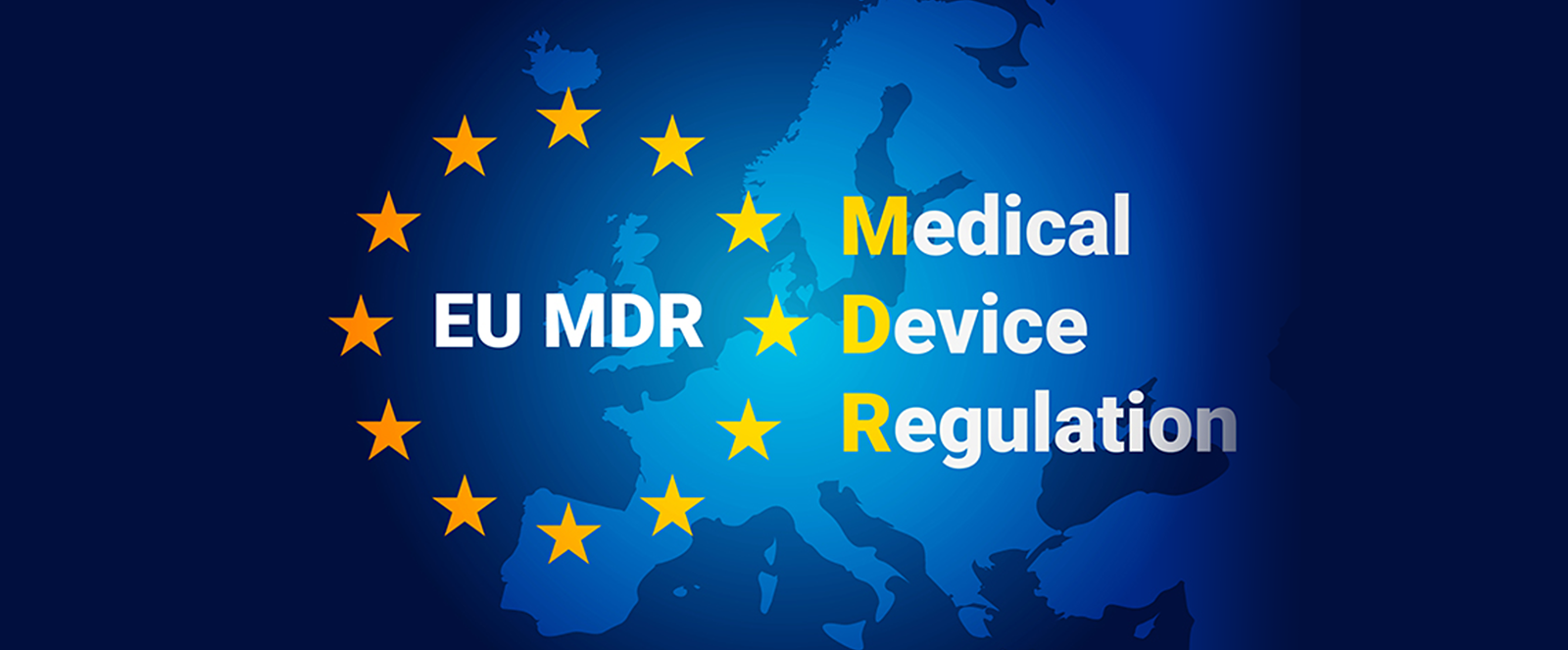The Role of Standards
A standard is a technical document that is specifically designed to be a rule, guideline, or definition. It is a consensus-built, repeatable way of doing something. A standard can be about making a product, managing a process, delivering a service, or supplying materials – standards can cover a vast range of activities undertaken by organizations and used by their customers. Standards are the distilled wisdom of people with expertise in their subject matter and who know the needs of the organizations they represent – people such as manufacturers, sellers, buyers, customers, trade associations, users, or regulators [1].
Standards are adopted by regional bodies such as CEN and CENELEC or international standardization committees such as ISO and IEC to document the "state of the art."
Standards are an important way of protecting consumers. While consumer protection is often visible through government policies or consumer protection organizations, standards create an extra protective environment that lies behind the perception of most consumers. Therefore, it is incumbent on the standards to ensure that whatever product or service is provided is fit for purpose, safe, and has value. An essential aspect of this protection is to ensure the product or service delivers what it is claimed to deliver, performs as specified, and is reliable, durable, and safe [2].
Within the context of medical device development, using standards helps provide consistency in both how a medical device is developed and the performance and expected results for certain, typically established medical device types. Every medical device put on the market and/or in use shall meet the relevant legal requirements – for SBAS IVD medical devices, this legislation is the IVDD and from 26 May 2022 IVDR. The keystone for establishing conformity with the IVDR is to fulfil the 'General Safety and Performance Requirements` (GSPR), Annex I in IVDR. The most common way to demonstrate compliance with the GSPR is to consider a harmonized standard. The harmonized standards are used to derive a presumption of conformity with the GSPR of the IVDR, which means that manufacturers, other economic operators, or conformity assessment bodies can use harmonized standards to demonstrate that products, services, or processes comply with relevant EU legislation (in our case IVDR). The harmonized standards are identified and published in EU Official Journal (https://eur-lex.europa.eu/eli/dec_impl/2022/15/oj).
In general, standards capture knowledge. When applied appropriately, they can make organizations more successful, make their processes easier, and make their products safer. This ultimately benefits customers.
[1] https://www.bsigroup.com/en-GB/standards/Information-about-standards/what-is-a-standard/
[2] https://circularpoint.eu/en/blog/post/1/how-can-universal-standards-and-certificates-benefit-your-organization






